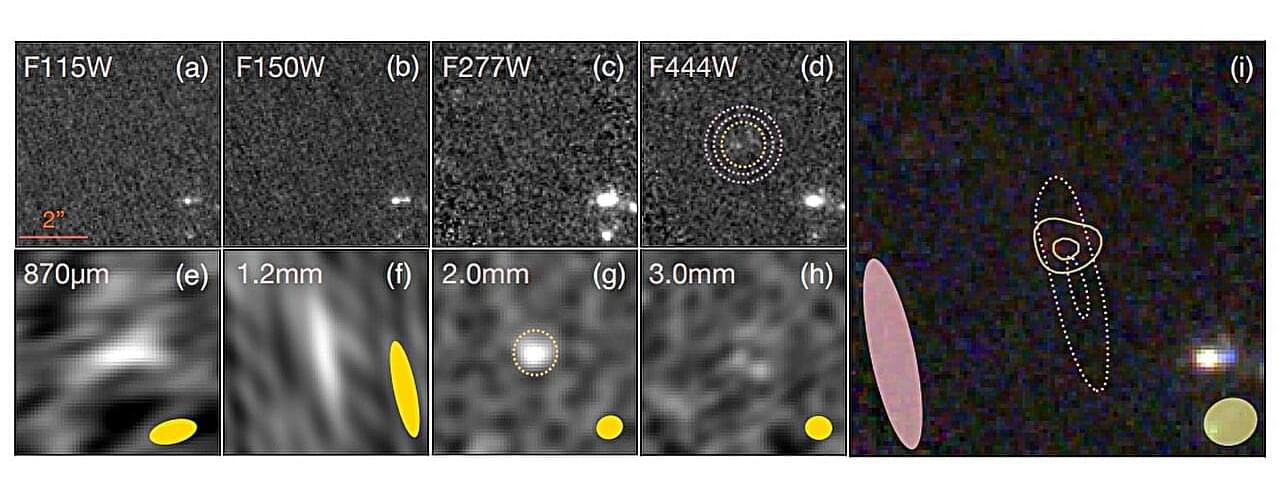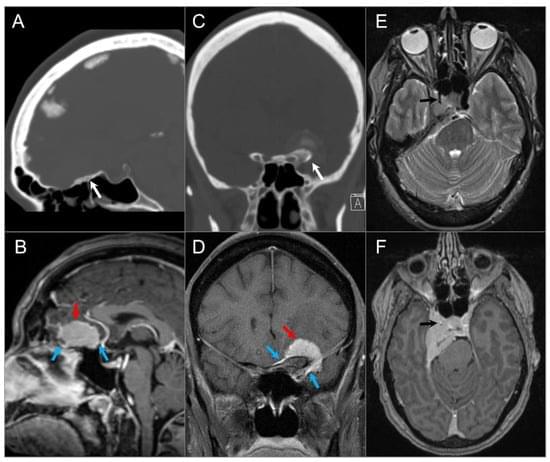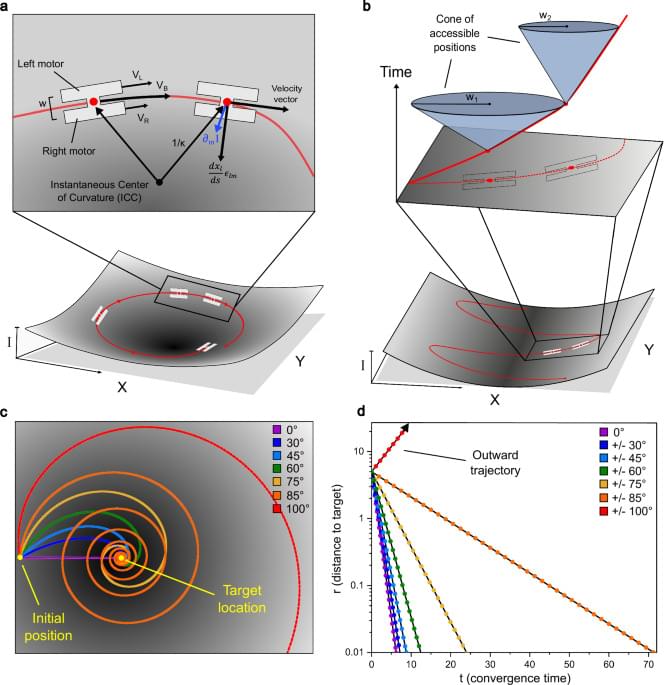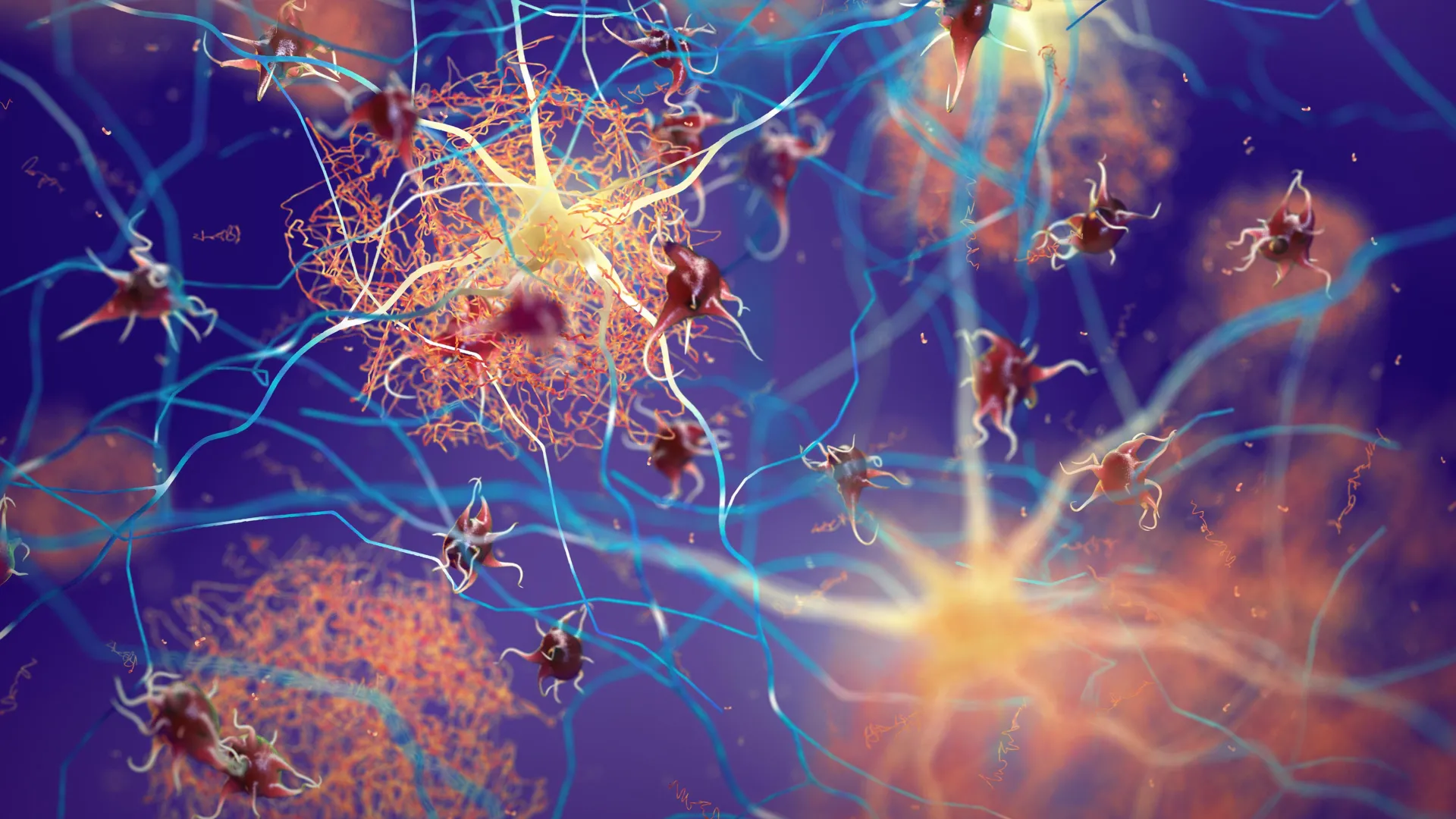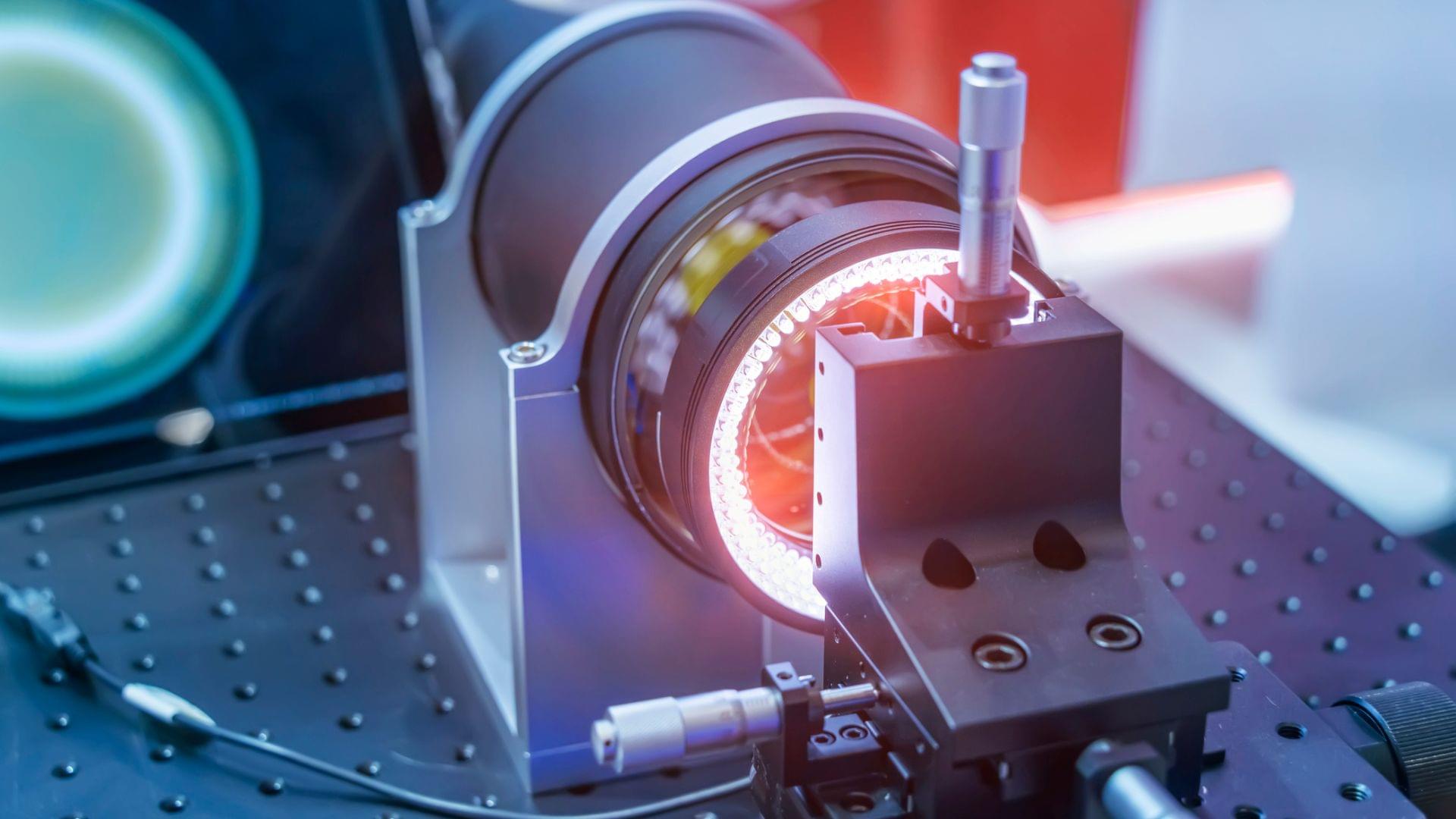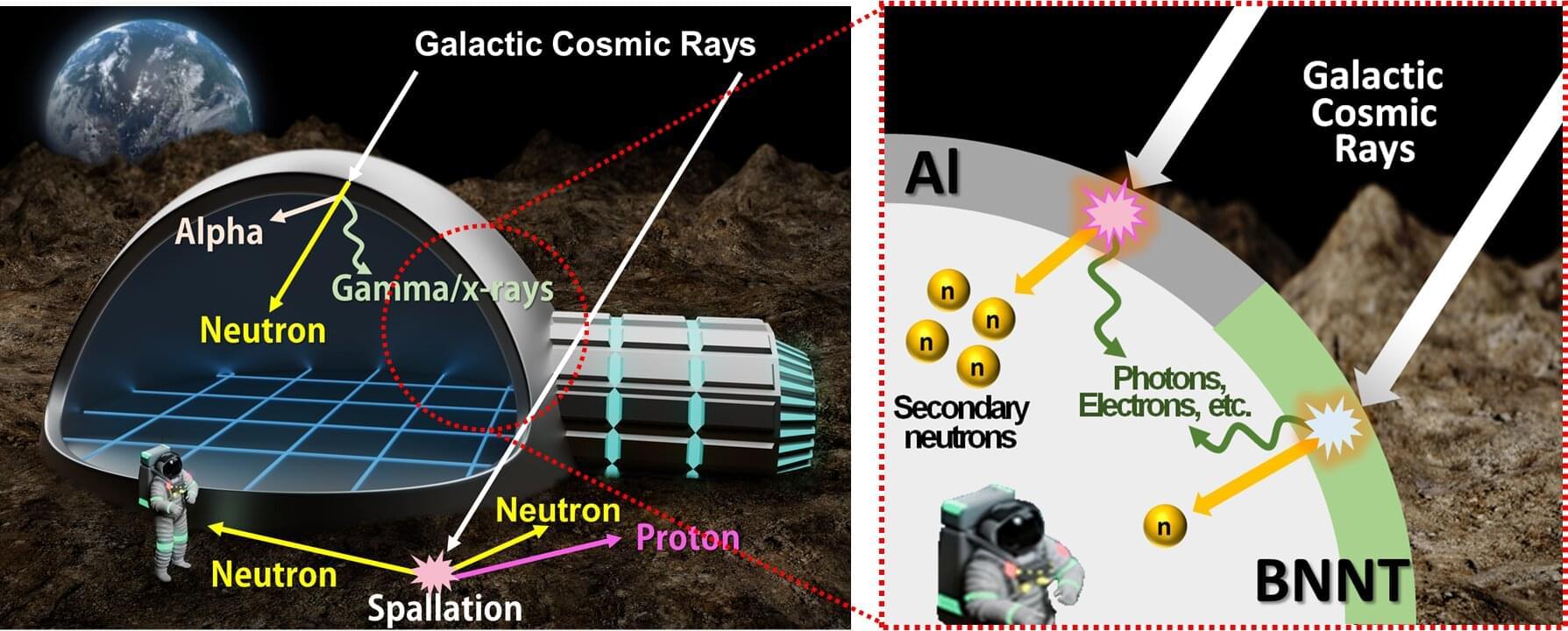An international team of astronomers reports the discovery of a new dusty star-forming galaxy at high redshift. The newfound galaxy, designated AC-2168, was detected using the Atacama Large Millimeter/submillimeter Array (ALMA) and the Northern Extended Millimeter Array (NOEMA). The finding was detailed in a paper published Nov. 11 on the pre-print server arXiv.
The so-called dusty star-forming galaxies (DSFGs) are highly obscured galaxies undergoing a period of intense star formation, with star-formation rates reaching even 1,000 solar masses per year. They represent the most intense starbursts in the universe and are crucial to improving our understanding of galaxy formation and evolution.
However, although many DSFGs are known, their nuclear structure, which can be essential to better understand the evolution of these galaxies, is still not fully explored. Hence, finding new DSFGs and investigating them in detail could shed more light on this matter.
